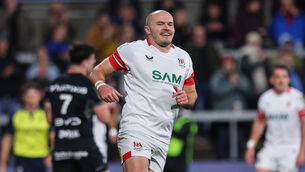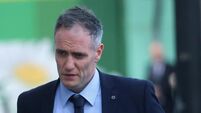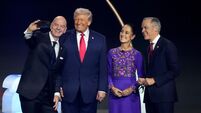World Cup players to face test for THG
Players at the Rugby World Cup will be tested for the newly discovered ’designer drug’ tetrahdyrogestinone from the beginning of next week.
The athletics world has been rocked by revelations that some of the sport’s leading names have tested positive to the anabolic steroid known as THG.














